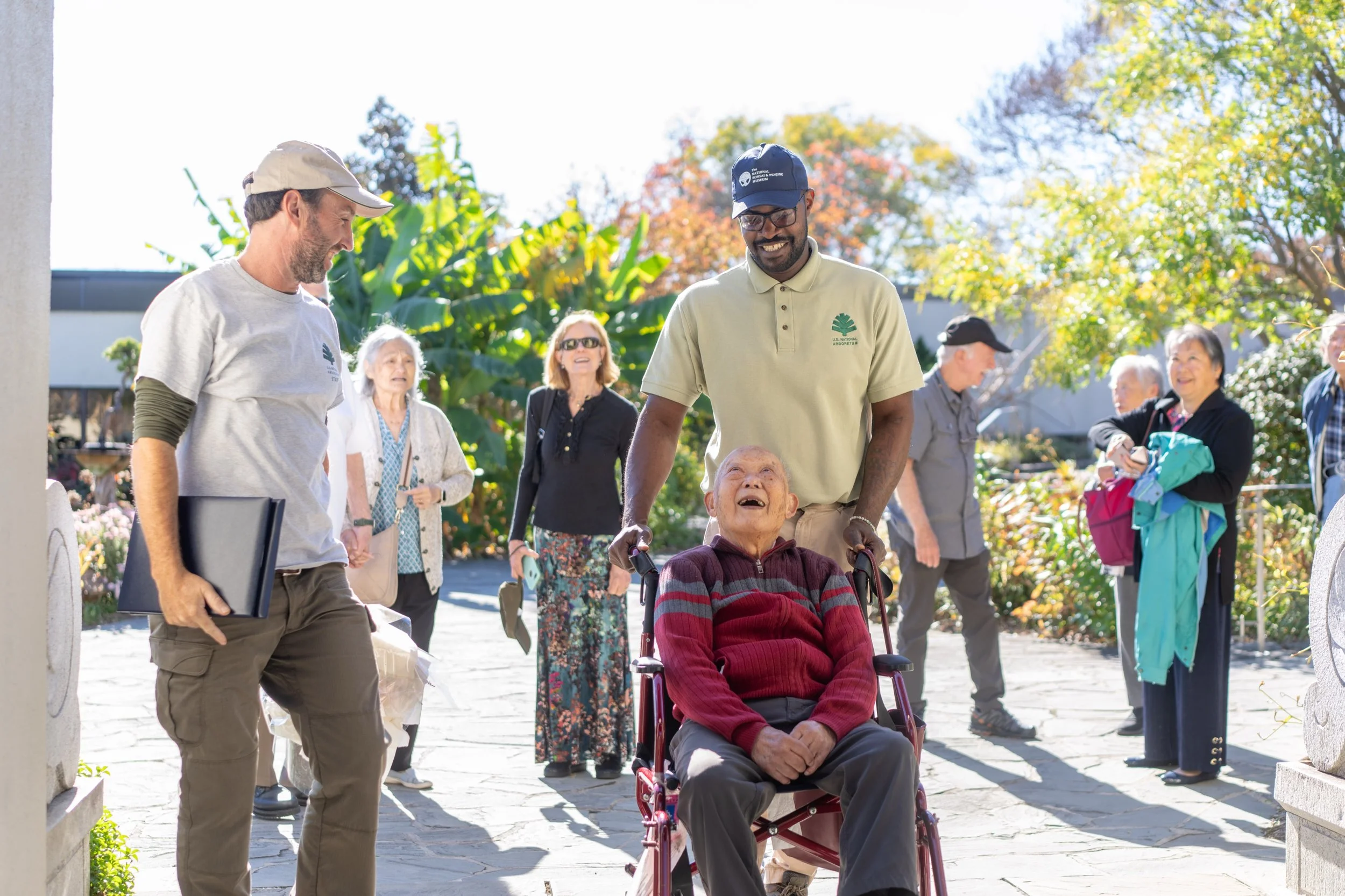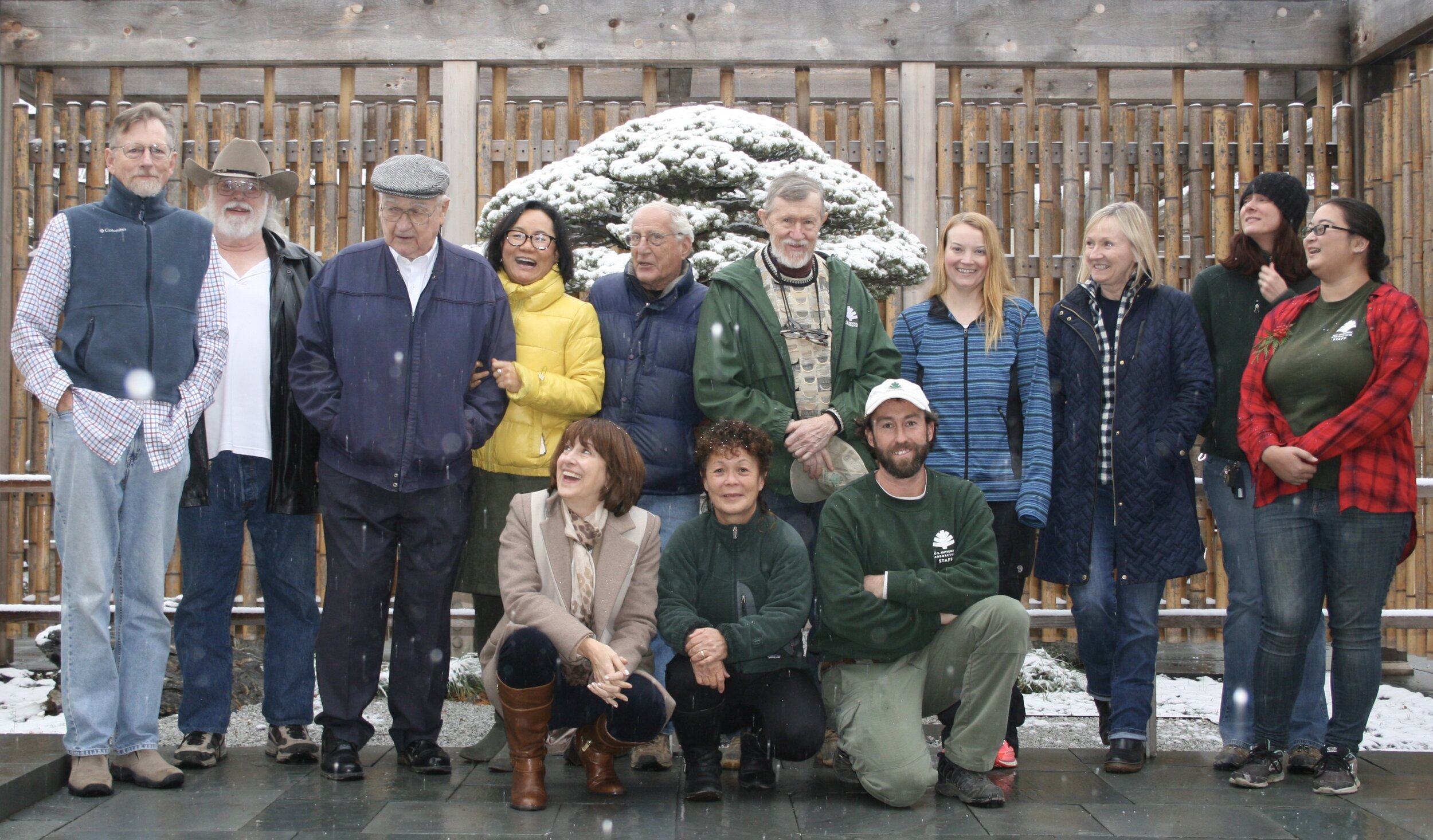The National Bonsai Foundation extends its deepest condolences to the loved ones of Former Prime Minister Shinzo Abe and to the people of Japan at this sad and difficult time. Mr. Abe was the longest-serving prime minister of Japan and a very faithful friend to both the United States and democracy throughout the world. The news of his assassination on July 8, 2022 is a truly tragic and shocking loss.
Mr. Abe had a special connection to the U.S. National Arboretum’s National Bonsai & Penjing Museum and the NBF, starting from when the Museum opened in 1976. The Museum opened with a gift of fifty-three trees from the people of Japan to honor the United States’ bicentennial and celebrate peace between the two nations. These trees, the “original gift,” occupy a special place in the Museum’s history, and many remain on display today. One tree, a dwarf Japanese maple, was donated by the Minister of Agriculture, Forestry, and Fisheries, Shintaro Abe, Mr. Abe’s father.
The Museum was also honored in 2019 to host Mrs. Akie Abe, Mr. Abe’s wife, during her visit to Washington, DC when she toured the Museum alongside the First Lady. It was a privilege then to share with her the tree that her father-in-law had donated, and the Museum continues to be proud to display it for the public at this time.


























